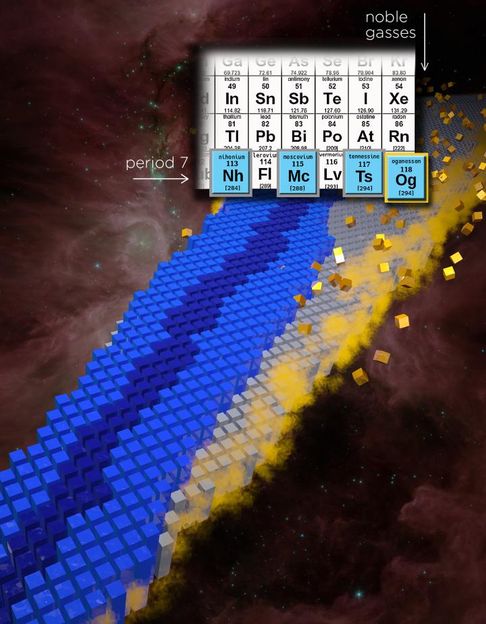Gone with the wind: A new project focusses on atmospheric input of phosphorus into the Baltic Sea
In August, the Leibniz Institute for Baltic Sea Research Warnemünde (IOW) received the funding approval from the German Federal Environmental Agency (UBA) referring to a two-year pilot study on the atmospheric input of phosphorus in the Southern Baltic Sea. The project started with the beginning of September.
Over-fertilization and its consequences still are the major environmental issues of the Baltic Sea. To reduce the discharge of nutrients, therefore, is of utmost importance in all Baltic Sea riparian countries. A good environmental status as described in the Marine Strategy Framework Directive to be accomplished by the year 2020 will not be in reach without measures to reduce the nutrient load.
Great progress was already made in reducing the riverine loads. But apart from this, input via so called „diffuse sources“ – a category which also comprises the atmospheric input - still are difficult to handle. To date, the amount entering the Baltic via this pathway is estimated to sum up to 2.100 tons, representing 5.5% of the total 38.300 tons of phosphorous discharged into the Baltic. It is on this basis, that reduction goals for phosphorus were calculated.
However, there were studies resulting in values of 9.100 tons of annual atmospheric input. In case, these figures turn out to be more realistic than the former estimations, the phosphorus input had to be reduced by a much higher rate than currently debated in order to reach a good environmental status.
Within the new project the measuring campaigns will cover all four seasons, both, on- and off-shore. A further goal will be to determine the share of non-natural sources, as only those are considered to be subject to reduction measures.
In contrast to the atmospheric sources of nitrogen which due to its negative effects on the human health and the ecosystems is constantly under observation, the anthropogenic sources of phosphorus are only scarcely known. Scientists assume that it is mainly discharged in form of particles, like pollen, dust escaping from fertilizer production plants or ignition processes. Wind erosion on open arable land or forest clearance areas will surely contribute to a transport of phosphorous-containing material into the sea.
Besides improving the state of knowledge, the new project will also aim at the development of recommendations referring to the description of reduction measures within the frame of a new environmental goal indicator „Atmospheric Phosphorus Deposition“.
Other news from the department science

Get the chemical industry in your inbox
By submitting this form you agree that LUMITOS AG will send you the newsletter(s) selected above by email. Your data will not be passed on to third parties. Your data will be stored and processed in accordance with our data protection regulations. LUMITOS may contact you by email for the purpose of advertising or market and opinion surveys. You can revoke your consent at any time without giving reasons to LUMITOS AG, Ernst-Augustin-Str. 2, 12489 Berlin, Germany or by e-mail at revoke@lumitos.com with effect for the future. In addition, each email contains a link to unsubscribe from the corresponding newsletter.
Most read news
More news from our other portals
Last viewed contents
DISAMATIC
Fractography
ALEGRA
D3o
Pole_figure
Ceramography
Cyclic_stress

Is there an end to the periodic table?
Galvanoluminescence

BASF and Evogene announce multiyear collaboration for the development of novel insecticides



























































